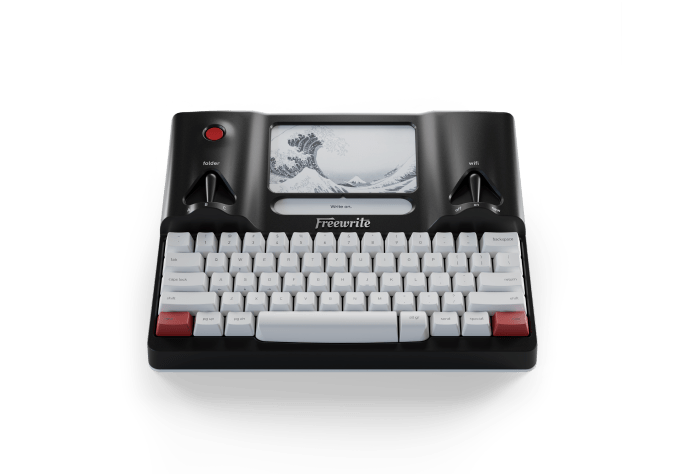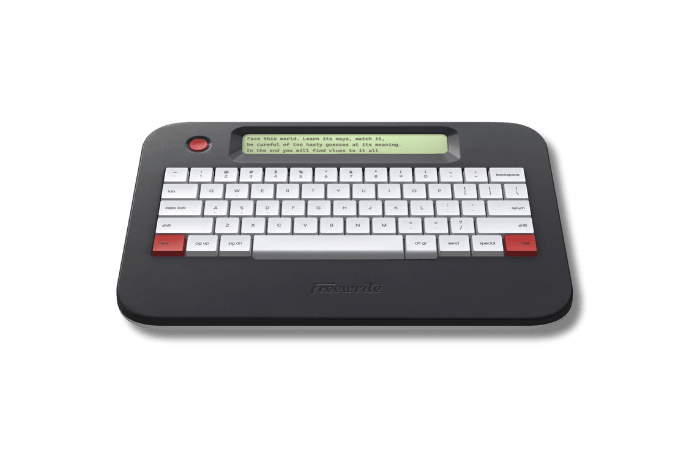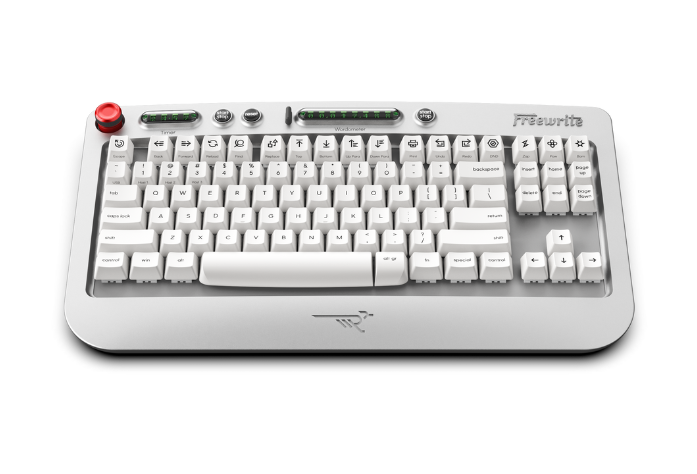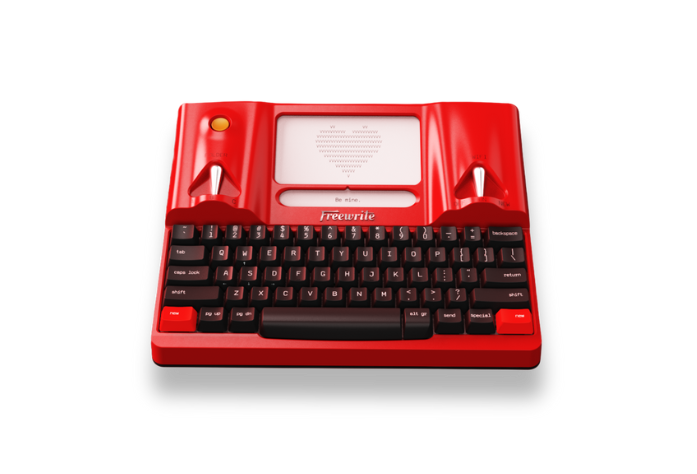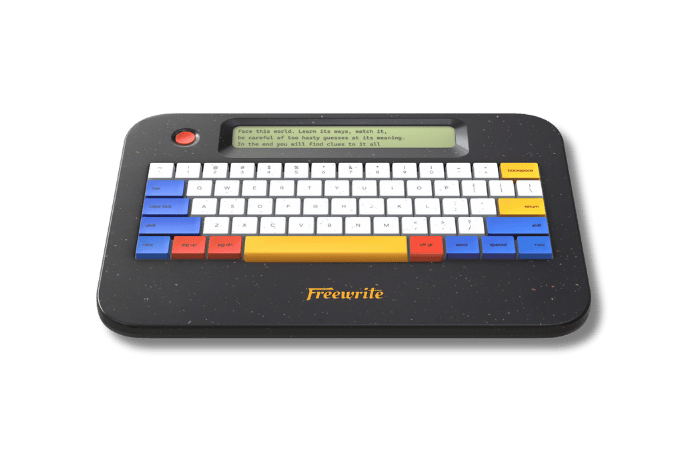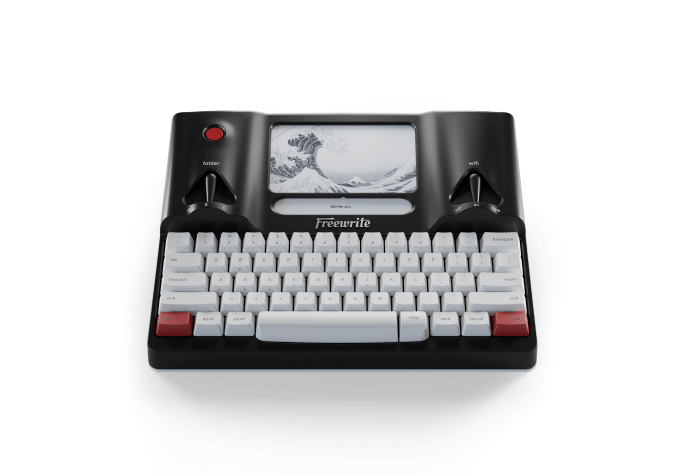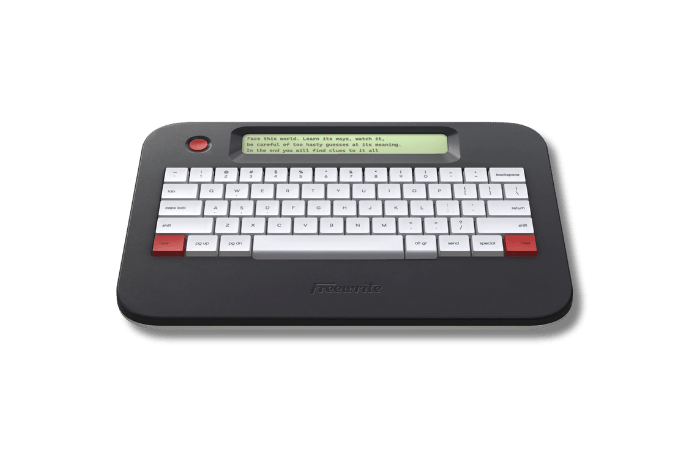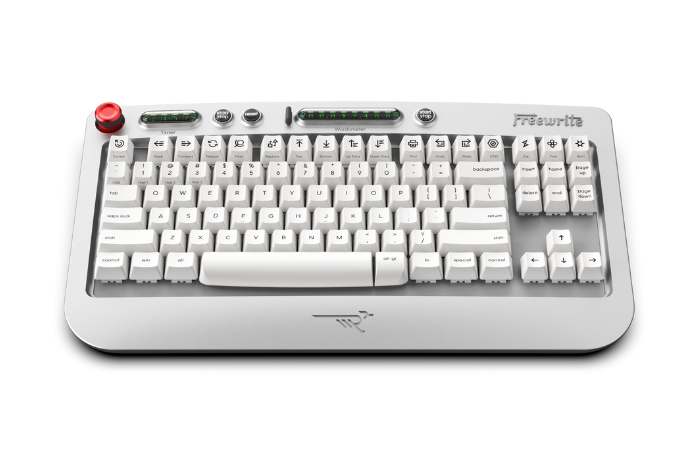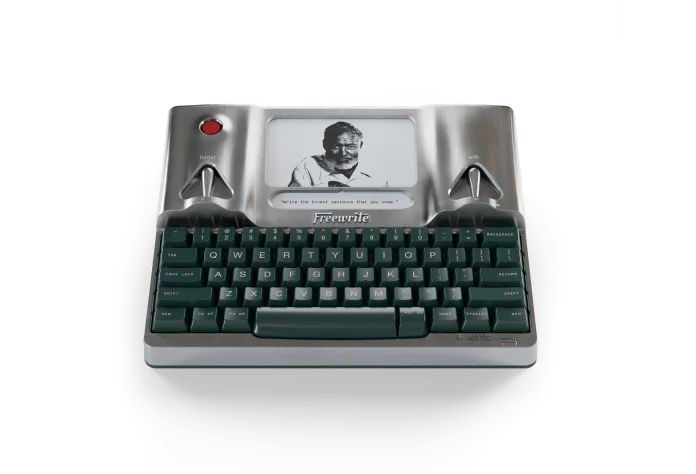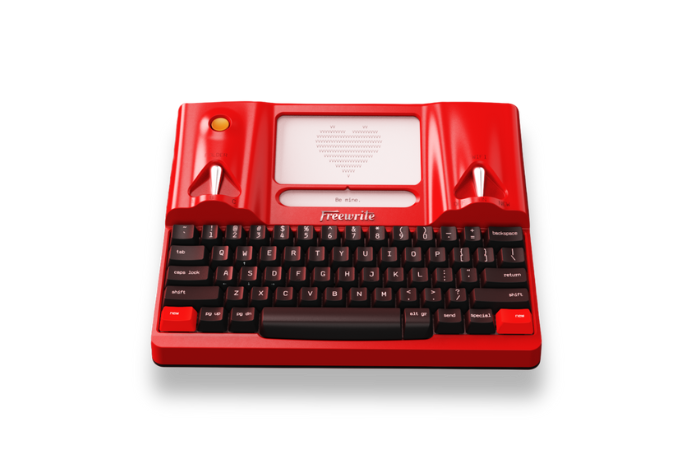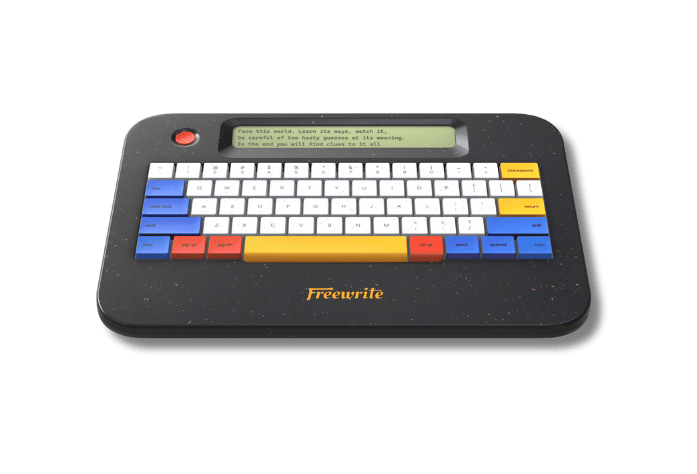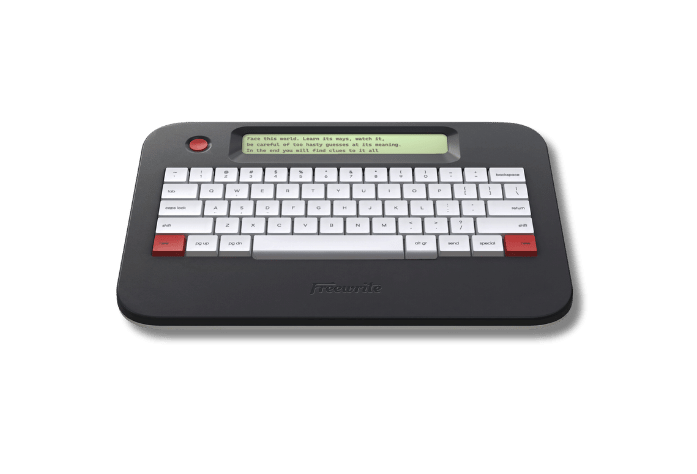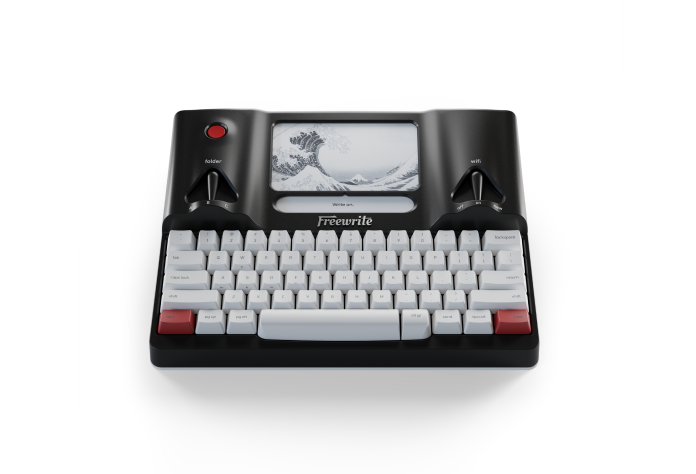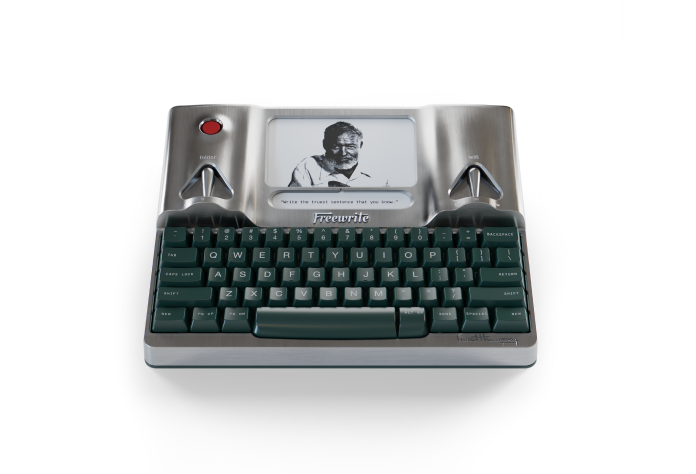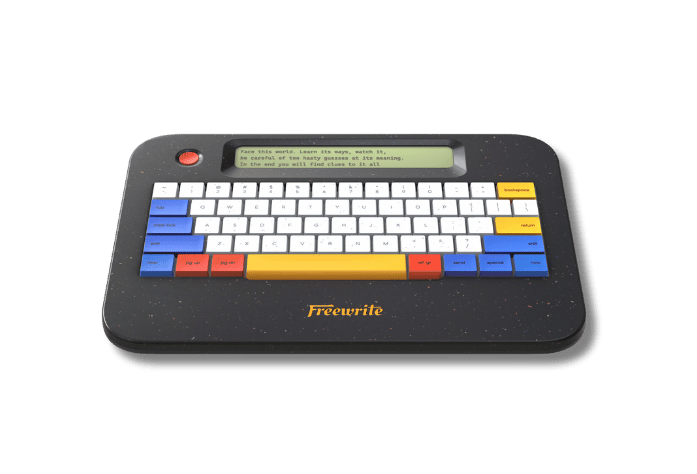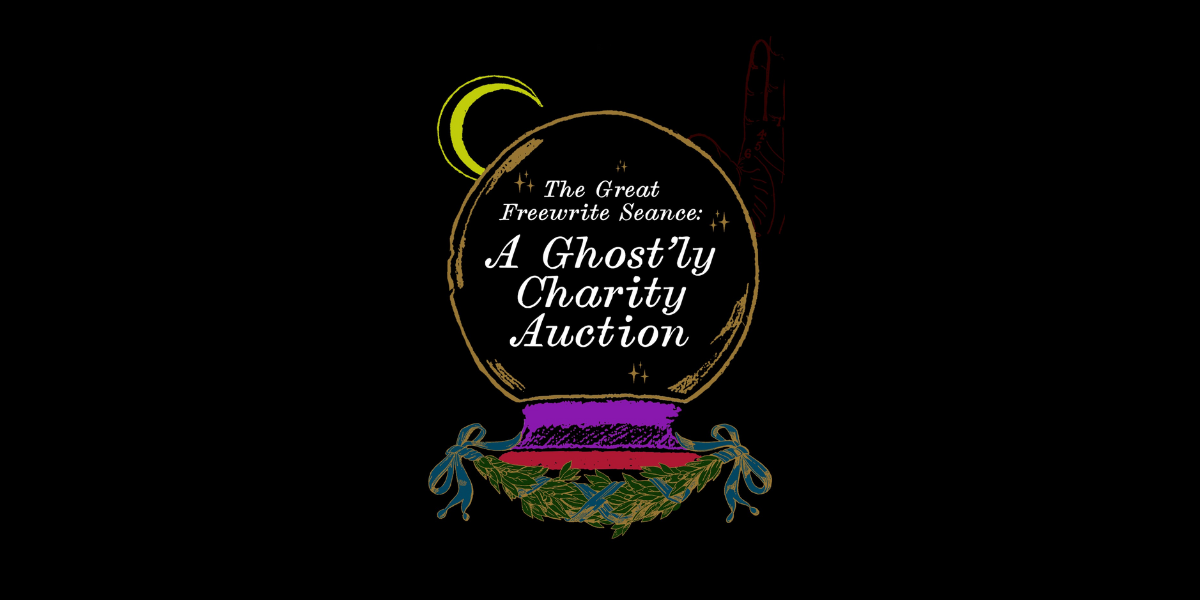Esta es la tercera entrega de la serie Ernest Hemingway de Freewrite, ya que celebramos el próximo lanzamiento de Hemingwrite . Lee nuestra primera publicación, " Cómo escribir como Hemingway: 12 consejos prácticos para la escritura ", y la segunda, " La rutina de escritura de Hemingway ".
Incluso en vida, la sociedad consideraba a Ernest Hemingway un escritor excepcional. Sintió una enorme presión para estar a la altura de su imagen, pero a pesar de toda su fama y brillantez, Hemingway seguía siendo, en el fondo, un hombre.
A principios de este año, los famosos documentalistas Ken Burns y Lynn Novick produjeron una película exhaustiva de tres partes que examina la vida y el legado de Hemingway. Burns y Novick entrevistan a invitados especiales, entre ellos numerosos historiadores de Hemingway, y contextualizan fragmentos de sus icónicas novelas, cuentos y no ficción.
La serie sigue tres capítulos de la vida de Hemingway:
1. Un escritor (1899-1929)
La época de Hemingway como voluntario de la Cruz Roja durante la Primera Guerra Mundial es bien conocida, pero esta sección también saca a la luz aspectos menos conocidos de su juventud. Tuvo una relación turbulenta con sus padres, especialmente con su madre. Ella los vestía a él y a su hermana con la misma ropa y le dejó crecer el pelo para que parecieran gemelos, una experiencia que probablemente inspiró su posterior fascinación por la androginia.
Su madre también lo obligó a tocar el violonchelo y, más tarde en su vida, Hemingway admitió que las lecciones de música contribuyeron a su estilo de escritura.
Esta sección explora otras influencias en su escritura, como su paso por el periodismo y su interacción con los escritores de la Generación Perdida en París. Incluso a temprana edad, Hemingway desafiaba las reglas tácitas de la escritura.
2. El Avatar (1929-1944)
Para entonces, la primera esposa de Hemingway, Hadley, lo había abandonado, la primera de una serie de relaciones románticas fallidas. Se casó con su segunda esposa, Pauline, pero se repitió el mismo patrón: se volvió inquieto y comenzó una aventura con Martha Gellhorn mientras informaba sobre la Guerra Civil Española.
En esta etapa, Hemingway alcanzó una fama inusitada para cualquier escritor de su época. Su novela más famosa, «Por quién doblan las campanas», vendió medio millón de ejemplares en nueve meses y fue nominada al Premio Pulitzer.
3. La página en blanco (1944-1961)
Esta época de la vida de Hemingway está marcada por tragedias. Tras conocer y enamorarse perdidamente de Mary Welsh, sufrió una conmoción cerebral en un accidente automovilístico, solo una de una serie de traumatismos craneoencefálicos que jamás lo dejarían en paz. Se divorció de Martha Gellhorn y se casó con Mary, y la familia Hemingway sufrió una serie de accidentes y problemas de salud.
Hemingway escribió El viejo y el mar en ocho semanas y ganó el Premio Pulitzer. Dos años (y dos accidentes aéreos casi fatales) después, recibió el Premio Nobel de Literatura.
Explore la compleja vida de Hemingway a través del documental de Burns y Novick (la duración total es de seis horas, así que véalo parte por parte) y salga de la experiencia con una comprensión matizada de la leyenda de Hemingway.
-
Hemingwrite , nuestra nueva edición exclusiva de Freewrite, se lanza pronto con un par de sorpresas. Apúntate a la lista de espera.

